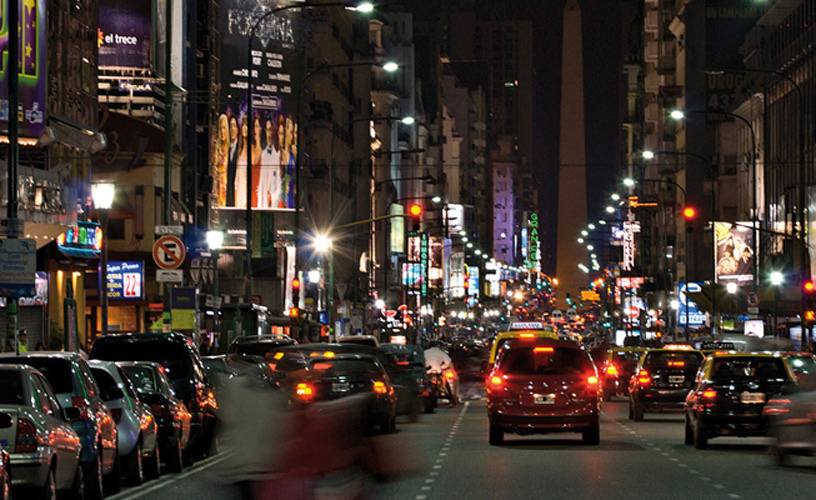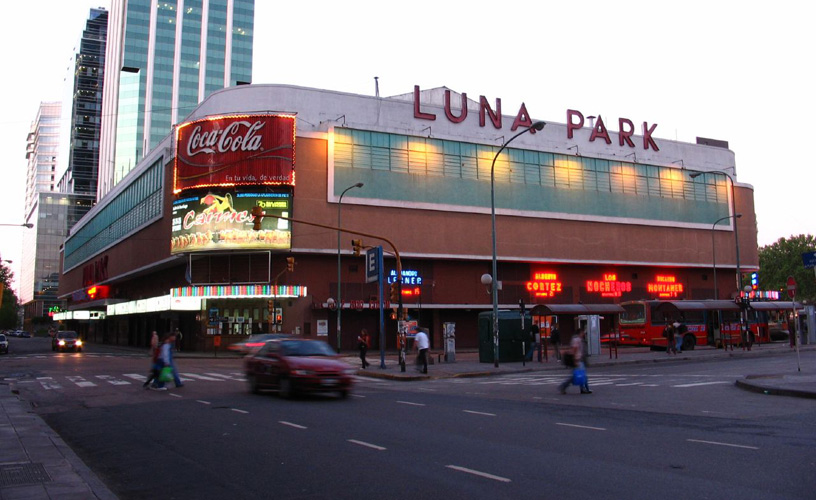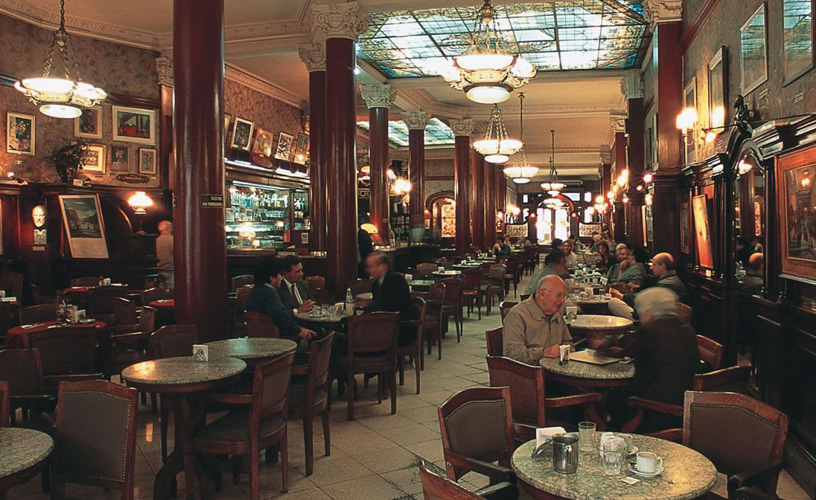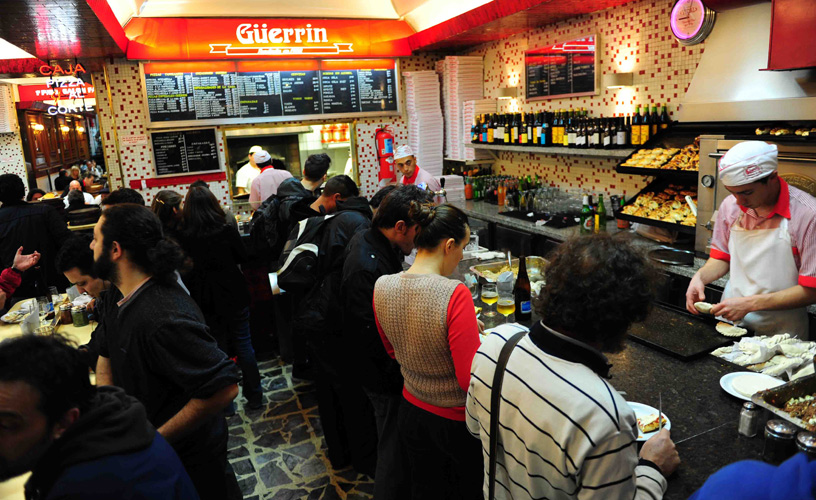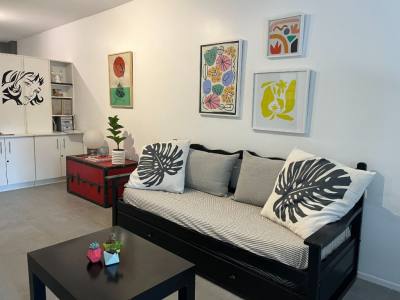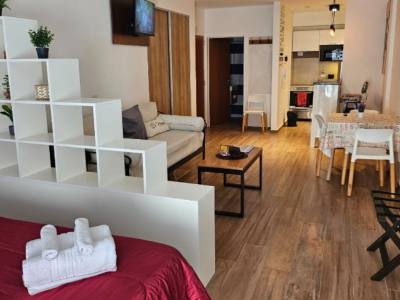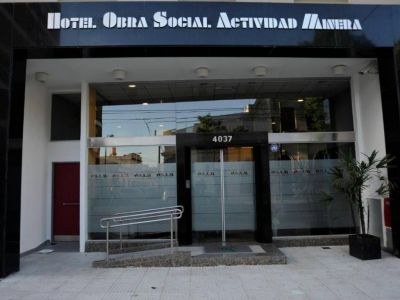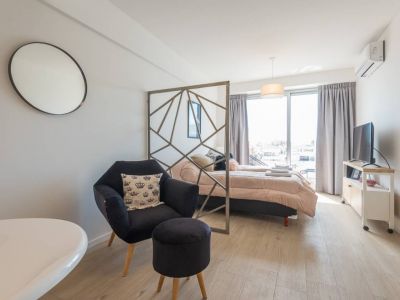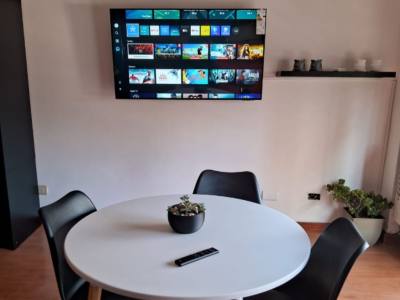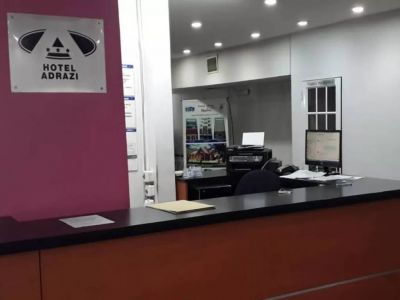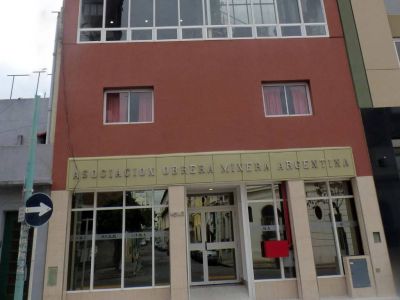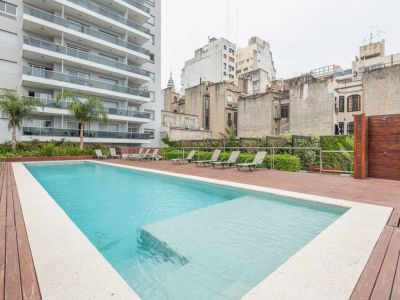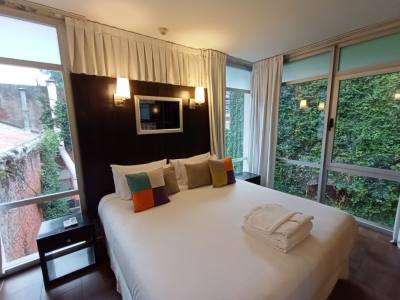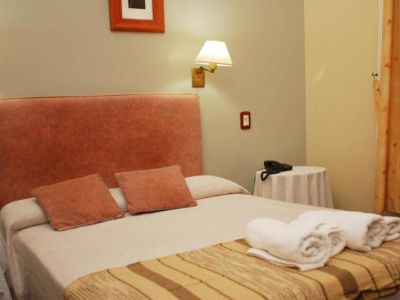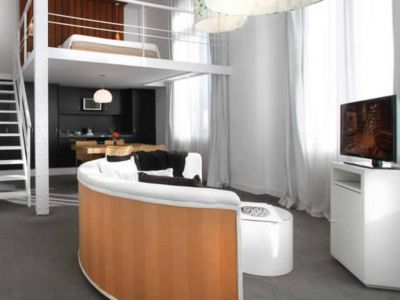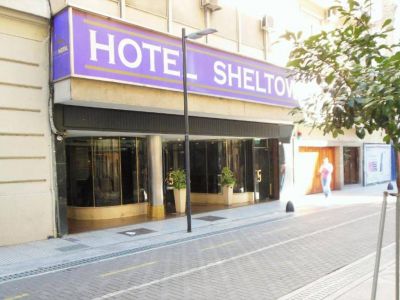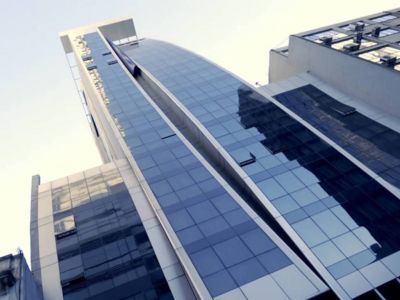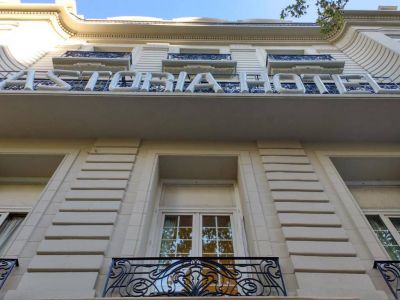A tour along Corrientes Ave., axis of nightlife and cradle of memorable Argentinian artists.
“Lights turn on, Corrientes Street teeming with people coming and going”, the lead voice of Memphis La Blusera used to sing as a tribute to the main avenue of entertainment and culture in the City of Buenos Aires.
Its present name was officially appointed in 1822, due to the fact that it was the City of Corrientes which first joined the Independence cause. It was a narrow street until the works to widen it began in 1931. They were completed by 1936.
The pubs and theaters on Corrientes Street witnessed the birth of famous Argentinian artists known worldwide, such as popular idol Carlos Gardel, who was taking the first steps of his career when he met Italian baritone Titta Ruffo, while working as a stagehand at the Ópera.
Away from the financial area, across Florida Street, Corrientes offers amusement at all times and for all tastes. Porteños and countless tourists are entertained by bookshops with special offers, cinemas, theaters, pubs and stores.
As far as cinemas are concerned, the Arteplex Centro -inaugurated in January 2007- stands out at 1145. The Lorca, at 1428, is a classic that has been open since 1968 and features a modern building with two auditoriums -one high and one low- decorated with wood stripes in various hues.
And last but not least, Los Ángeles Cinema, at 1764, was inaugurated in 1946. It used to specialize in Disney movies. Ever since 2011, it has operated as a theater. Right opposite Los Ángeles Cinema, now mostly occupied by a Burger King store, lies one of the tributes to Olmedo: the imprints of his hands carved in a bronze plate.
Another cinema that changed its business and became one of the main theaters on Corrientes Street is the Premier, at 1565. Inaugurated in 1944, it still preserves its original decoration, a trait that most theaters on the avenue have lost due to successive refurbishing works.
The theater and the revue are the most outstanding businesses on the Avenue. The marquees, the signs with the main artists and the lights invite everyone to share the most sensational shows, teeming with thrill and music.
At the start of Corrientes Avenue lies Luna Park, a National Historical Monument built in 1934, where artistic and sports shows are presented. Witness to various important events, it can seat 13,723 spectators.
Less than 50 meters away from the avenue, at 449, Esmeralda Street, there lies the Maipo Theater, where actors, dancers, musicians, models and many other artists have performed before audiences ever since 1908.
Two emblems of Argentinian theater lie on the block located at 800, Corrientes Street. One of them is the Gran Rex, one of the great cultural stadiums in Buenos Aires, seating 3,262 spectators. Its stage has welcomed consecrated national and international artists ever since 1937.
Right across the street stands the Ópera, one of the first theaters raised on the avenue of stages. Inaugurated in 1872, it was the first one in town to have gas illumination. It underwent several refurbishing works but its prestige and luxury never changed.
Other two important theaters on the avenue are the Broadway -at 1155, house of many celebrities of all times- and the Lola Membrives -at 1280, another traditional theater in Buenos Aires.
On the way to the most tempting coffee stores and restaurants in Buenos Aires -such as Güerrín or Los Inmortales (both at 1300) or El Foro (at 1400, known for its famous churros con chocolate), we found another tribute to two great figures of the theater and humor: on the corner of Uruguay and Corrientes Streets lies the coach where Olmedo and Portales sit smiling, eternal.
At 1660 lies the cultural and commercial complex known as Paseo la Plaza, with five theater auditoriums where stand-up comedy, music shows and plays are presented. There are over twenty stores and several restaurants to choose. Its narrow lanes and its contemporary design take us back to the 1960s.
There is no doubt that there is much more to see in "the street that never sleeps", like journalist Roberto Gil said in his radio show called “Calle Corrientes” in the 1950s. We may say that this is one of the main avenues in Buenos Aires: not because of its length or width, but because of its history and its joy, always awake and lighted, willing to welcome everyone who searches for company and amusement. And it always has time to share a cup of coffee with us...
Pablo Etchevers
Pablo Etchevers
